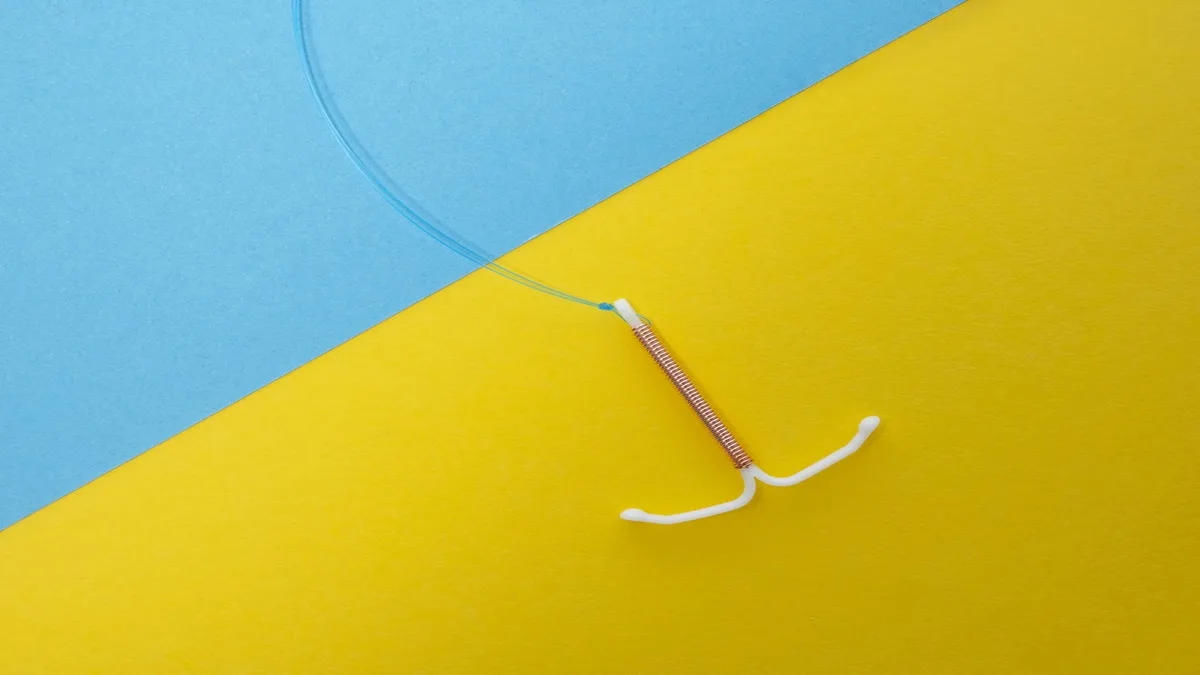
Contraception is something American women strongly advocate for. After all, it empowers them with the freedom to align their parenting decisions with career goals. Fortunately, they have several options to manage birth control, from pills to patches, diaphragms, and surgeries. Intrauterine devices (IUDs) are popular among women in the US as they offer a reversible yet long-term solution.
Paragard, a non-hormonal intrauterine device (IUD), emerged as a game-changing contraceptive. The device got FDA approval in 1984 and has been in the market since 1988. However, despite its efficacy and popularity, Paragard has recently garnered attention for the wrong reasons. Women are filing lawsuits against the manufacturers with serious allegations.
If you are already using Paragard or plan to use it, you should be aware of the negative outlook before proceeding with the decision. The concerns are serious, making it crucial to think twice before considering this form of contraception.
We will shed light on the factors leading to the controversies surrounding the product that thousands of women have trusted over the years.
Migration and Perforation Risks
According to the FDA, spontaneous migration from the original position has been reported by Paragard users. Even worse, it can perforate the uterine wall, leading to pain and discomfort. More serious complications include intraperitoneal adhesions, intestinal obstruction, and damage to adjacent organs. While these risks are rare, you cannot overlook them.
Prompt removal of the device is the best solution if migration and perforation occur. It may require surgical intervention. The incidents of spontaneous migration and perforation have raised safety concerns. Users and healthcare professionals have been questioning the reliability of the device for the last few years.
Incomplete Removal
Besides spontaneous migration, the challenge of removal is another significant issue associated with Paragard. IUDs are designed for easy removal, but things often go wrong during the procedure. Healthcare providers report incidents of breakage, leaving a fragment inside the uterus. Even seasoned professionals have encountered such issues.
A 2022 study reported 4,144 breakage events for copper IUDs like Paragard, far more than 2,140 for the hormonal variants. Incomplete removal can lead to potential health risks and complications. The device may even embed itself in the adjacent organs, requiring surgical extraction. It has led to a dent in the device’s reputation as women no longer consider it a convenient, reversible, and reliable form of contraception.
Lack of Sufficient Warning
Thousands of women have encountered complications due to the breakage and perforation caused by Paragard. They blame manufacturers for not adequately warning about the potential complications associated with the product. Teva Pharmaceuticals faces serious allegations for not including the information in their labels.
Whatever information they have shared is not explicit enough to highlight the possibilities of migration, perforation, or complexities in removal. A lack of adequate warnings has fueled legal actions against the company and contributed to the negative publicity surrounding Paragard. After all, failing to warn consumers about the risk of a product is a breach of duty of care.
Paragard Lawsuits and Multidistrict Litigation (MDL)
Another reason leading to the Paragard controversy is the increasing number of lawsuits against the manufacturer. Individual lawsuits have been consolidated in multidistrict litigation (MDL), making it a bigger matter. The Paragard IUD lawsuit settlement amounts are expected to hover between $10,000 and $400,000, depending on individual circumstances.
According to TorHoerman Law, more than 1,700 Paragard IUD lawsuits are pending in the federal court of Georgia. These women are claiming compensation from Teva Pharmaceuticals (the manufacturer) and Cooper Surgical (the distributor). The financial burden on these brands can be massive, considering the amount they may have to pay to each victim.
Social Media Noise
With social media offering open platforms to consumers, they can voice out their personal experiences with medical devices and spread the word. Stories shared by women facing problems with Paragard have gained enough traction to create public outrage against the device and its manufacturers.
These firsthand accounts of real suffering include vivid descriptions and emotional narratives of pain and distress. They have created widespread awareness about Paragard not being as reliable and safe as previously thought.
The Bottom Line
Paragard is surrounded by negative publicity for valid reasons. The pain and suffering of thousands of women dealing with its side effects deserve attention. Although manufacturers may state that every medical device has some level of risk, they cannot use it as an excuse to undermine the damage caused by Paragard.
Women who have suffered deserve compensation, and they should get it, even if it means taking legal recourse.

